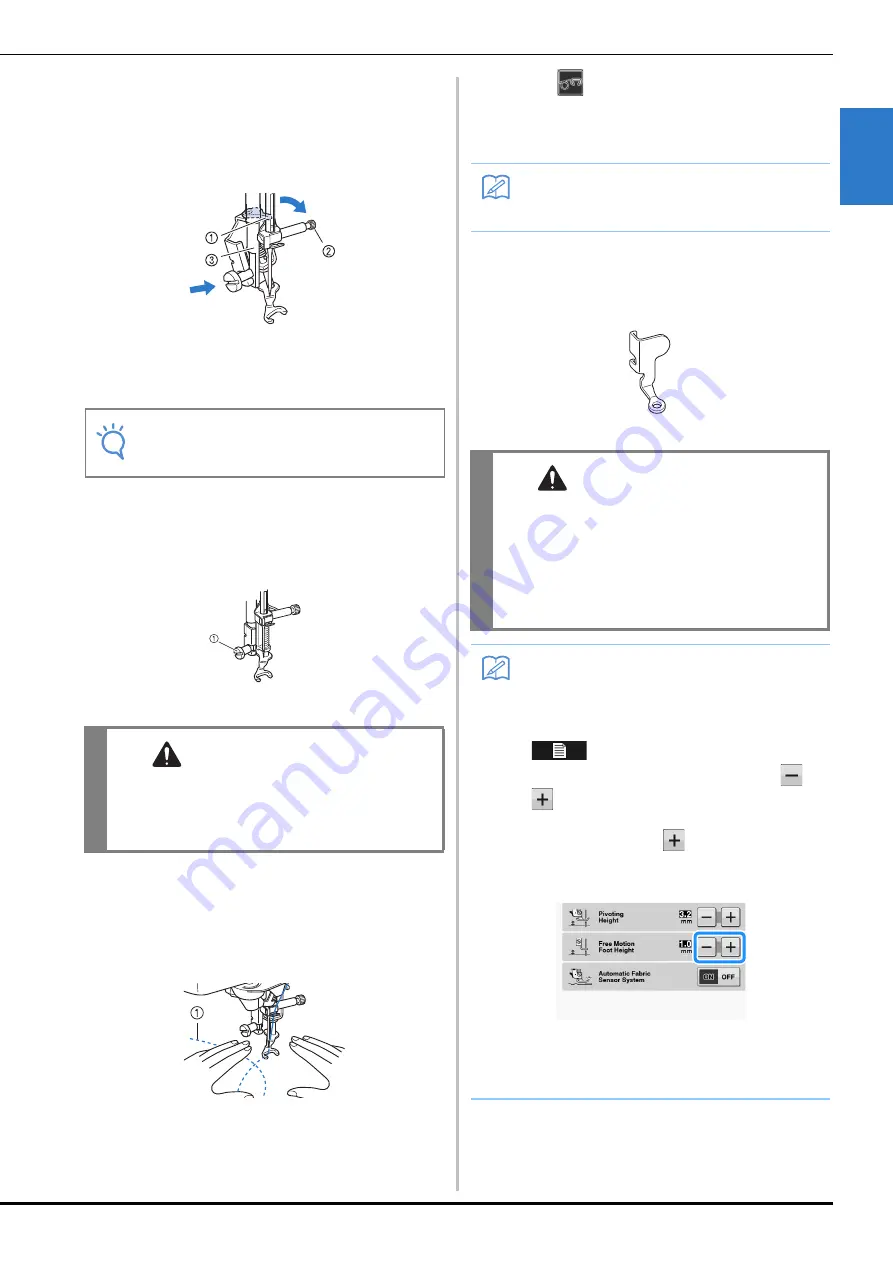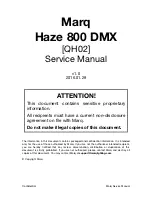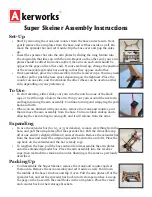
SEWING THE STITCHES
U
tility
S
titc
h
es
Sewing
S-41
S
2
d
Attach free motion open toe quilting foot
“O” by positioning the pin of the quilting
foot above the needle clamp screw and
aligning the lower-left of the quilting foot
and the presser bar.
a
pin
b
Needle clamp screw
c
Presser bar
e
Hold the quilting foot in place with your
right hand, and tighten the presser foot
holder screw using the disc-shaped
screwdriver with your left hand.
a
Presser foot holder screw
f
Use both hands to stretch the fabric taut,
and then move the fabric at a consistent
pace in order to sew uniform stitches
roughly 2.0 mm - 2.5 mm (approx.
1/16 inch - 3/32 inch) in length.
a
Stitch
g
Press
to cancel the free motion sewing
mode.
→
Rotate the handwheel toward you
(counterclockwise) to raise the feed dogs.
Using free motion quilting foot “C” (optional with
some models)
Use the free motion quilting foot “C” with straight
stitch needle plate for free motion sewing.
Free motion quilting foot “C”
Note
• Make sure that the quilting foot is not
slanted.
CAUTION
• Be sure to securely tighten the screws with the
included screwdriver. Otherwise, the needle
may touch the quilting foot, causing it to bend
or break.
Memo
• Do not be discouraged with your initial
results. The technique requires practice.
CAUTION
• When using free motion quilting foot “C”, be
sure to use the straight stitch needle plate and
sew with the needle in middle (center) needle
position. If the needle is moved to any position
other than the middle (center) needle position,
the needle may break, which may result in
injuries.
Memo
• When starting to sew, the internal sensor
detects the thickness of the fabric, and the
quilting foot is raised to the height specified
in the machine settings screen. Press
to display “Free Motion Foot
Height” of the settings screen. Press
or
to select the height that the quilting foot
is raised above the fabric. Increase the
setting by pressing
, for example, when
sewing very stretchy fabric, so that it is
easier to sew.
• In order to sew with a balanced tension, it
may be necessary to adjust the upper
thread tension. Test with a sample piece of
fabric that is similar to your chosen fabric.
Summary of Contents for 882-C50
Page 89: ...USEFUL FUNCTIONS Sewing Basics Sewing S 19 S 1 ...
Page 145: ...STITCH SETTING CHART Utility Stitches Sewing S 75 S 2 ...
Page 182: ...USING STORED CUSTOM STITCHES S 112 ...
Page 200: ...ATTACHING THE EMBROIDERY FRAME E 18 b Pull the embroidery frame toward you ...
Page 237: ...EMBROIDERY APPLICATIONS Embroidery Embroidering E 55 E 1 ...
Page 268: ...USING THE MEMORY FUNCTION E 86 ...
Page 311: ......
















































